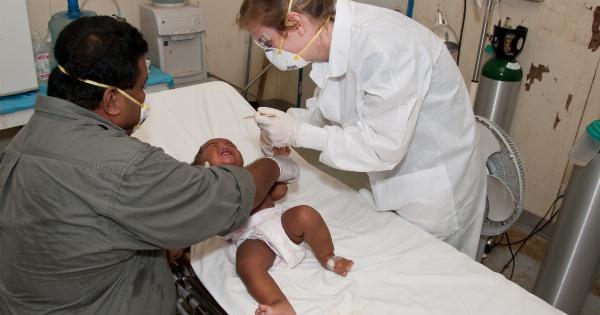Appendicitis is a condition where the appendix becomes inflamed and swollen, typically resulting in severe abdominal pain. Traditionally, surgery to remove the appendix, known as an appendectomy, has been the standard treatment for appendicitis.
However, recent research and advances in medical science have revealed that surgery may not always be necessary for every case of appendicitis. In certain circumstances, non-operative management options can be considered as effective alternatives to surgery.
This article will explore when surgery for appendicitis might not be required and the potential non-operative approaches that can be pursued.
1. Uncomplicated Appendicitis
Uncomplicated appendicitis refers to cases where the appendix is inflamed but has not ruptured or developed complications such as an abscess.
In the past, surgery was considered the definitive treatment for all cases of appendicitis, including uncomplicated ones. However, several studies have indicated that non-operative management can be a viable option for patients with uncomplicated appendicitis.
2. Antibiotic Therapy
One non-operative approach that has gained popularity is the use of antibiotic therapy to treat uncomplicated appendicitis.
Research has shown that certain antibiotics, such as amoxicillin-clavulanate and cefoxitin, can effectively reduce inflammation and infection in the appendix, leading to symptom resolution without the need for surgery. This approach is particularly useful for patients who prefer a non-surgical option or may have health conditions that make surgery risky.
3. Observation and Close Monitoring
In some cases of uncomplicated appendicitis, healthcare professionals may opt for observation and close monitoring without immediate surgical intervention.
This approach involves admitting the patient to the hospital and closely monitoring their symptoms, such as pain levels and white blood cell count. If the symptoms improve and there are no signs of complications, surgery may be avoided altogether.
4. Imaging-Guided Drainage
For patients with uncomplicated appendicitis who have developed an abscess, imaging-guided drainage can be an effective non-operative treatment option.
This procedure involves using imaging techniques, such as ultrasound or CT scan, to locate the abscess and guide the insertion of a drainage tube to remove the infected fluid. This can provide prompt relief of symptoms and allow the abscess to resolve without the need for surgery.
5. Recurrent Appendicitis
Some individuals may experience recurrent episodes of appendicitis, where the appendix becomes inflamed multiple times. In such cases, surgery may not always be the preferred option.
Non-operative approaches, such as antibiotic therapy or observation and close monitoring, can be considered as alternatives to surgery for managing recurrent appendicitis.
6. Complications of Surgery
Surgery, particularly open appendectomy, carries its own risks and potential complications.
In certain situations, the risks associated with surgery may outweigh the benefits, especially for patients with underlying health conditions that make them more susceptible to surgical complications. For such individuals, non-operative management can be a safer choice, provided that the appendicitis is not complicated or severe.
7. Patient Preferences
Another important factor to consider is the patient’s preference and willingness to undergo surgery.
While appendectomy is generally a safe and routine procedure, some individuals may have personal reasons or concerns that deter them from opting for surgery. In such cases, non-operative approaches can be explored if the appendicitis is uncomplicated and the patient’s condition allows for observation and close monitoring or antibiotic therapy.
8. Pediatric Appendicitis
Appendicitis commonly affects children and teenagers.
The management of pediatric appendicitis can be particularly challenging due to several factors, including the child’s age, anatomy, and concerns regarding the potential impact on future fertility. Recent studies have explored non-operative approaches, including antibiotic therapy, as a first-line treatment for pediatric appendicitis, with promising outcomes. Surgery may be reserved for cases that do not respond to conservative management.
9. Resource-Limited Settings
In resource-limited settings, where access to surgical facilities or expertise may be limited, non-operative management of appendicitis becomes crucial.
By utilizing antibiotic therapy and observation techniques, patients can be treated effectively without the need for surgical intervention. This approach in resource-limited settings has shown positive outcomes and can significantly reduce the burden on healthcare services.
10. Summary
In conclusion, while surgery has long been considered the gold standard treatment for appendicitis, recent advancements in medical research have revealed that surgery may not always be necessary.
In cases of uncomplicated appendicitis, non-operative management options such as antibiotic therapy, observation and close monitoring, and imaging-guided drainage can provide effective alternatives to surgery. Factors such as patient preferences, recurrent appendicitis, complications of surgery, pediatric cases, and resource limitations should all be taken into account when deciding on the appropriate approach to treat appendicitis.
By carefully considering these factors, healthcare professionals can provide personalized and optimal care to patients with appendicitis.




























